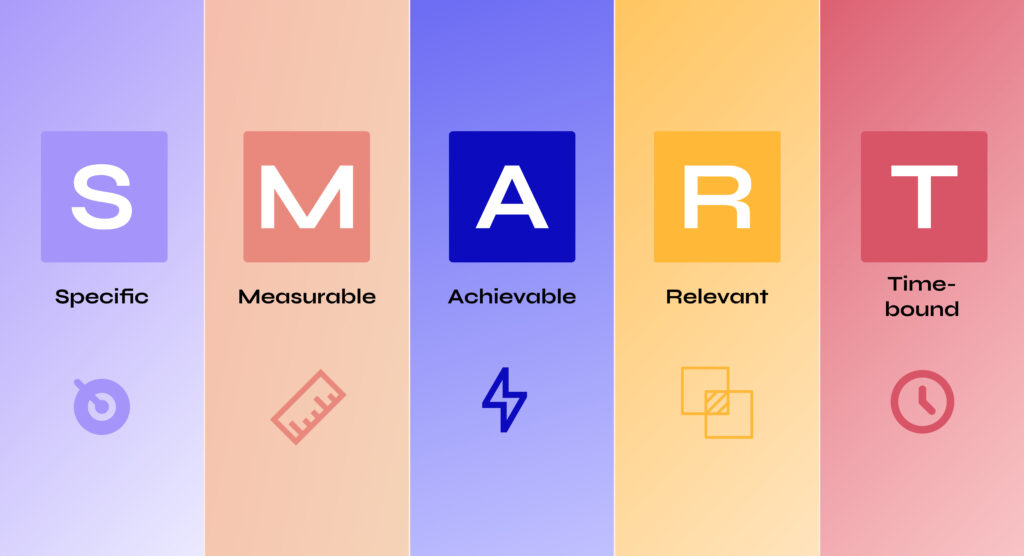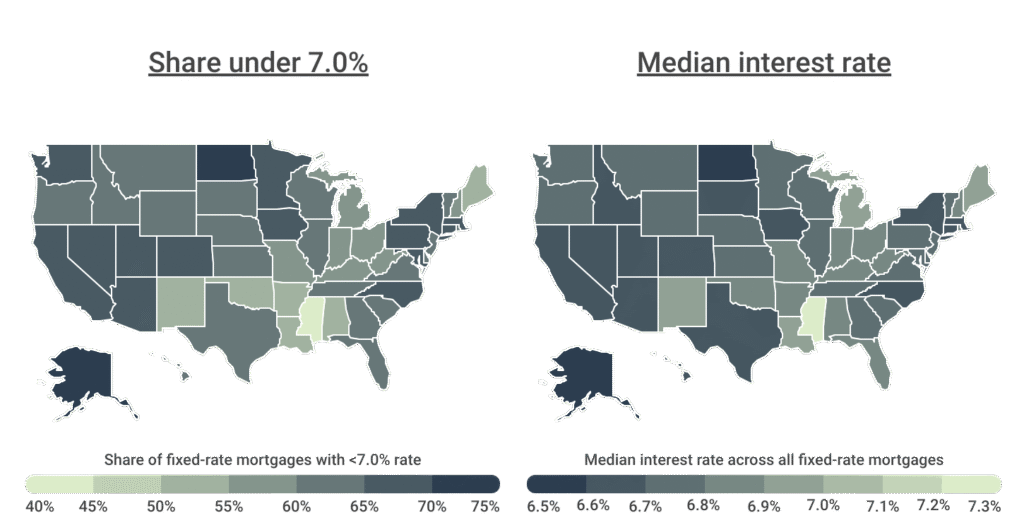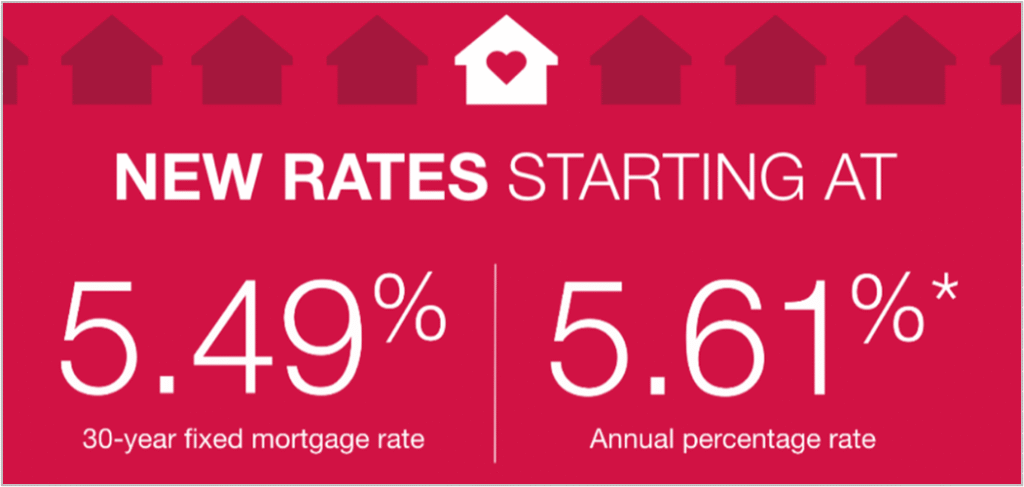When it comes to purchasing a home in California, one of the most important steps is securing a mortgage that fits your financial situation. With housing prices being among the highest in the nation, even a slight difference in mortgage rates can have a significant impact on your monthly payments and overall costs. Here’s a guide to help you compare mortgage rates in California and make an informed decision.
Why Mortgage Rates Matter
Mortgage rates determine the amount of interest you’ll pay over the life of your loan. A lower rate can save you tens of thousands of dollars, while a higher rate can make your home purchase much more expensive. In California, where the median home price is significantly higher than the national average, even a small percentage point difference can translate into substantial savings.
Factors That Influence Mortgage Rates
Several factors play a role in determining the mortgage rates available to you:
- Credit Score: Lenders use your credit score to assess your creditworthiness. A higher credit score can help you secure a lower interest rate.
- Loan Type: Fixed-rate loans, adjustable-rate mortgages (ARMs), FHA loans, and VA loans all come with different interest rates. It’s essential to choose the type that aligns with your needs.
- Loan Amount: Jumbo loans, which are common in California due to high home prices, often come with higher interest rates compared to conforming loans.
- Down Payment: A larger down payment can lower your loan-to-value (LTV) ratio, making you a less risky borrower and potentially qualifying you for lower rates.
- Market Conditions: Economic trends, inflation rates, and Federal Reserve policies can all impact mortgage rates.
How to Compare Mortgage Rates
Here are some steps to ensure you’re getting the best rate possible:
- Shop Around: Don’t settle for the first offer you receive. Compare rates from multiple lenders, including banks, credit unions, and online platforms.
- Check APR, Not Just the Interest Rate: The annual percentage rate (APR) includes additional costs like lender fees and closing costs, giving you a more accurate picture of the loan’s true cost.
- Consider Loan Terms: A 15-year fixed-rate mortgage typically has a lower interest rate than a 30-year fixed-rate mortgage, but it also comes with higher monthly payments. Choose a term that fits your financial situation.
- Ask About Points: Some lenders offer the option to buy points, which can lower your interest rate in exchange for an upfront payment. Calculate whether this makes sense for you over the life of the loan.
- Use Online Tools: Mortgage comparison websites and calculators can help you evaluate different options quickly and efficiently.
Current Trends in California Mortgage Rates
As of now, mortgage rates in California are influenced by both national economic conditions and the state’s unique housing market. Rates have fluctuated in recent years, and experts recommend locking in a rate if you find one that meets your budget. However, it’s always wise to consult with a financial advisor or mortgage broker to understand how market trends might affect your decision.
Final Thoughts
Comparing mortgage rates in California requires time, research, and a clear understanding of your financial goals. By shopping around, evaluating all costs, and staying informed about market conditions, you can secure a mortgage that aligns with your needs. Given the state’s competitive housing market, taking the time to find the best rate is an investment that will pay off for years to come.
If you’re ready to start your journey, begin by gathering quotes from multiple lenders and exploring your options. With the right strategy, you’ll be one step closer to owning your dream home in California.



